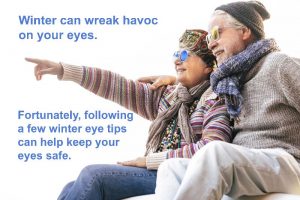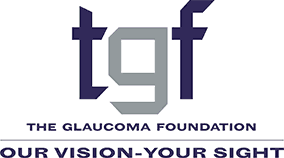
Guard Against Dry Eye
Heaters and dry wind can aggravate dry eyes during the winter months. Dry eye syndrome, particularly common among older adults, is mostly caused by a deficiency in the tear glands, and a common preservative in many glaucoma medications can worsen the symptoms. The main treatment for relief is the use of lubricating artificial tears, available as over the counter eye drops, to replace natural tears and also provide an artificial protective coating for the eye. Leave at least fifteen minutes between applications of the eye drops used to treat glaucoma and the artificial tears to keep from washing the glaucoma drop out of the eye. Generally, the artificial tear should be used after the glaucoma eye drops. Lubricating eye drops are generally safe to use as often as you need them if they do not have preservatives. Many eye doctors recommend not using artificial tears with preservatives more than four times a day. For more severe cases, a thicker gel or ointment can be used at night or a prescriptive eye drop is available. Using a humidifier in your home may also be helpful.
Get UVA/UVB Protection
It’s important to wear sunglasses in the winter to protect your eyes from dry, cold conditions and from the sunlight that reflects off of snow and ice. Look for a label that says “100% protection against both UVA and UVB” or “100% protection against UV 400.” Choose larger frames that cover the eyes and surrounding skin. Frames that wrap around the sides of the face offer the greatest protection. Also, note that cost, lens color or tint, lens darkness, mirror-coating and polarization do not play a role in UV protection.
Shield Your Eyes
If you participate in sports like ice skating, skiing and snowboarding, consider wearing special goggles that can provide even more protection for your eyes. It’s also a good idea to wear a hat to help deflect the sun’s rays, and if possible to avoid skiing or hiking behind other people to help cut down on the amount of snow and debris that can fly into your face.
